Common Post Processing Mistakes to Avoid
We all start somewhere and learn as we go, striving to grow as artists and expand our skill set. I’ve found that one of the best ways to learn is to realize the mistakes we make. I learn more from mistakes than from anything else. Luckily, I make a ton of mistakes so I have a ton of opportunities to learn!
Here are two big mistakes I see made by both rookies and veteran photographers. Avoiding these can keep your photos from looking like they’re from amateur-hour.
1. Keep your reflections in check.
Look. I get it. We all love a dark and dramatic sky. People often use graduated ND filters and/or blend multiple exposures to not only handle dynamic range issues, but to also get that dark drama. That’s all fine and dandy… until you start to break the rules of basic science. I’ve said this (what feels like) a million times to my clients during post-processing instruction: Your reflection MUST be darker than what it’s reflecting. This is a big rule you should always follow.
A mirror is almost 100% reflective, so we see the reflection as almost identical in brightness of what it’s reflecting. Since water (such as a lake) is not as reflective as a mirror, some of the light dissipates which results in a reflection that is darker than what it’s reflecting. Don’t believe me? Look at shot, straight from the camera, of a mountain/lake reflection scene.
Here’s an example. The first image is a poor exposure blend, like something I did too often back in 2008 when I was still a little green.
You can decide for yourself how much darker you want your reflection. But please… don’t make your reflections brighter than what they are reflecting.
2. Keep your Orton in check.
Note: The Orton Effect is a photography technique that blends two different photos of the same scene resulting in a distinctive mix of high and low detail areas within the same photo.
A nice glowing Orton Effect is all the rage these days. It lends itself to the popular painterly-kind of processing style and can do a lot to enhance the atmosphere in a photo, mostly in backlit scenes. But the blur used in all types of the Orton Effect can be your downfall if you don’t pay close attention.
In most Orton recipes, there are two ingredients – blur and contrast. These can be applied in hundreds of different ways but they all give a similar result. (If you are unfamiliar, I cover the Orton Effect in my video here.) The problems arise when the blur lets the darks bleed into the highlights around high contrast edges. This creates a dark halo along these areas which is then exaggerated by the added contrast.
To deal with this issue you can either run your Orton Effect through a luminosity selection to exclude certain areas or simply mask out the problem areas. But be sure to take of the halos right from the beginning, as they are a huge headache to deal with later in processing.
Again, we all make mistakes; it’s just part of learning. The goal is to realize these mistakes and use them to grow. Hopefully you can put this info in your back pocket and keep it in mind the next time you’re working on your shots.

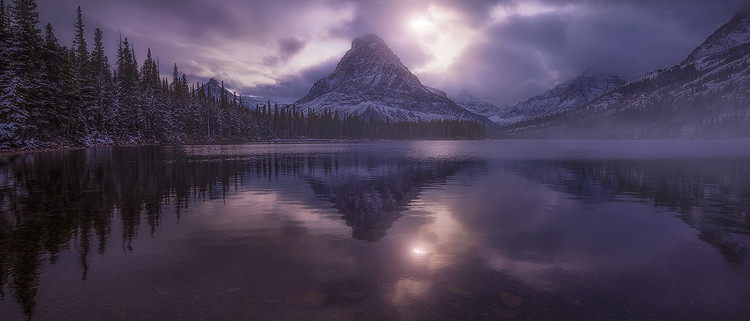
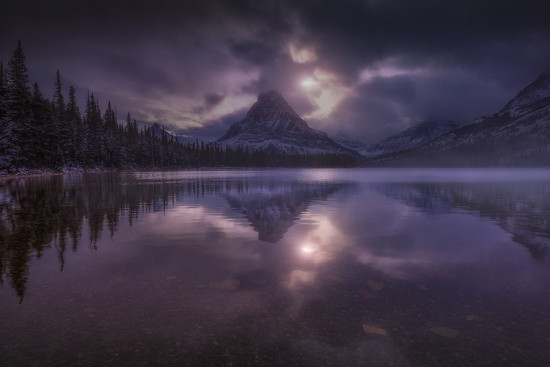
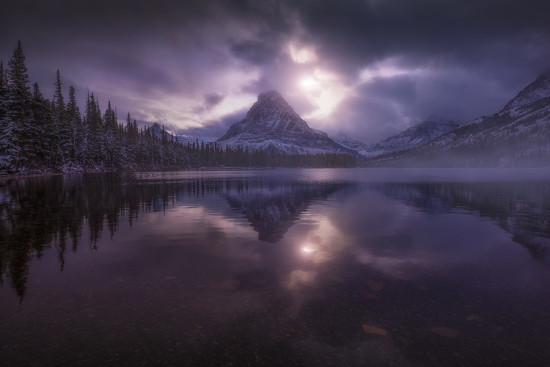
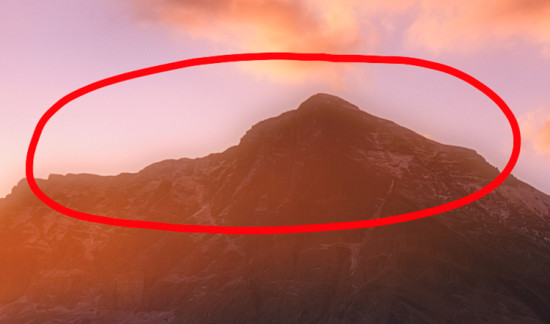
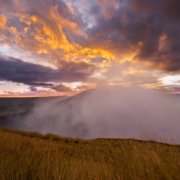
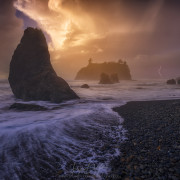



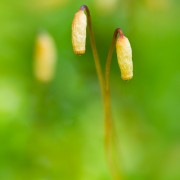

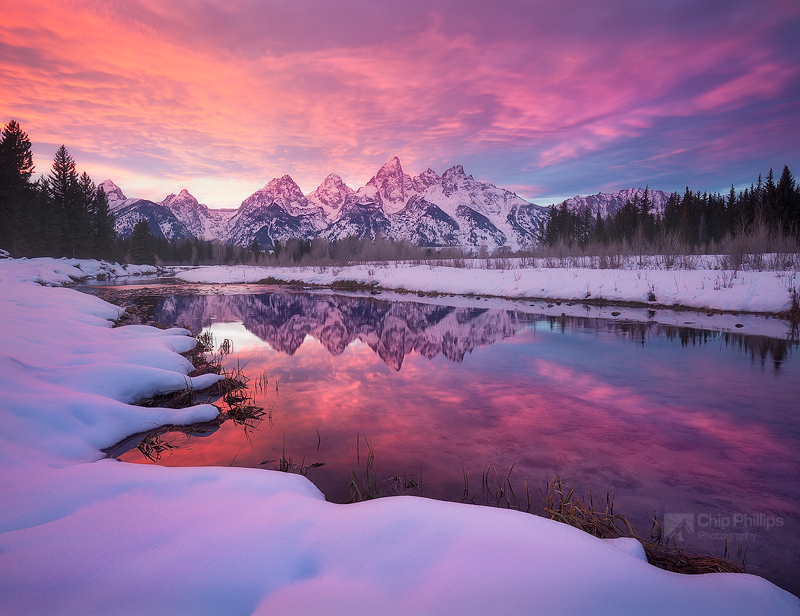
Thank you Ryan for theses tips. I didn’t know about the possible dark light leak with the orton effect. I think I’m going to check your tutorial on this because I already saw so much different ways to do it, that I’m a bit lost.